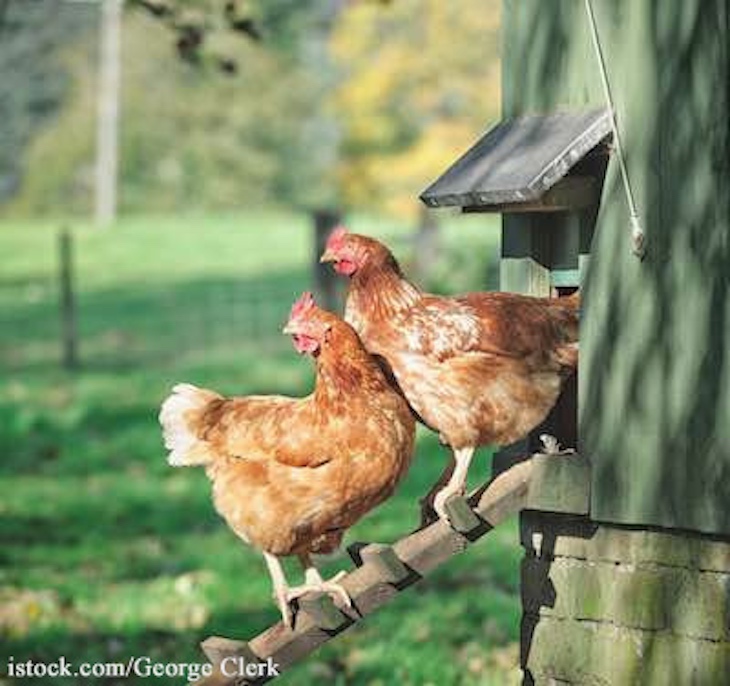If you buy chicken at the grocery store, you may have noticed that some products are becoming more scarce. Supply chain issues aside, that may be because the bird flu numbers in poultry are approaching record numbers. The Centers for Disease Control and Prevention (CDC) says that the highly pathogenic avian influenza (HPAI) A(H5) virus has now sickened 52,773,869 birds in the United States.

The birds that are affected include wild aquatic birds, commercial poultry, and backyard or hobbyist flocks beginning in January 2022. Thees are the first detections of this particular strain in this country since 2016. The illness has been found in 46 states in this country and in 341 countries around the world.
In November 2022, the CDC said that 49,000,000 birds in 46 states had either died as a result of this virus or were culled because they were exposed to infected birds. The last time numbers were this high were in 2015, when 50.5 million birds in 21 states were affected.
While the overall risk to the general public to this virus is low, people who work around birds need to take precautions. In household settings where people have backyard flocks or pet birds, this warning must be taken seriously.
People who have backyard bird flocks have always been warned about protecting themselves and their families against Salmonella. As of November 10, 2022, there have been 1,250 Salmonella illnesses linked to backyard birds, with 225 hospitalizations and two deaths. The warnings and recommendations for protection against bird flu are roughly the same.
To protect yourself, avoid unprotected contact with wild or domestic birds and poultry that look sick or have died. Bird flu infections in people do happen most often after close, prolonged, and unprotected contact, including not wearing gloves or other protective gear.
Avoid touching your mouth, nose, or eye3s during and after contact with birds or surfaces that may be contaminated with feces, mucus, or saliva from domestic poultry. Think about wearing a mask, gloves, and other personal protective equipment. Wash your hands thoroughly with soap and water after touching birds, and change your clothe before contact with healthy domestic poultry and after handling wild birds, captive wild birds, farmed birds, and other pet birds. Throw away gloves and facemasks, and thoroughly wash your hands.
As of November 10, 2022, there have been 5,190 people with exposure to the virus; just one infection was reported. Sporadic human infections would “not be surprising,” according to the CDC.




